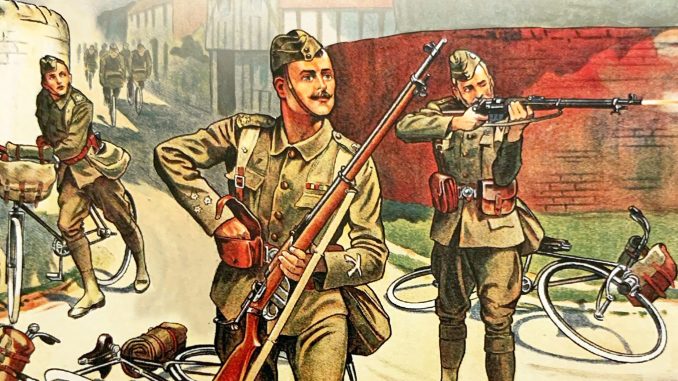
We, Charles Fair, Rich Hendry and myself, are thrilled to announce that Volume One of London Pride: The London Territorial Force in Peace and War, 1908–1921 has now been officially submitted to Helion & Company. This marks a major milestone in a project that brings together an outstanding range of voices, perspectives and scholarship.
London Pride explores the formation, development and impact of the London Territorial Force (TF) — from its origins in 1908, through its extensive service in the Great War, to its disembodiment in 1921.
The title is inspired by the humble yet resilient flower, Saxifraga × urbium — better known as London Pride — seen growing on the graves of London Regiment soldiers in The London Cemetery, facing High Wood. As Terry Norman noted in The Hell They Called High Wood (1984), ‘Whoever chose [this flower] had chosen well.’ The name speaks both to memory and to quiet strength.
The London Pride project was initiated to address a significant gap in the historiography of the British Army during the Edwardian era and the First World War, specifically the underrepresentation of London’s TF. While the contributions of dominion forces like Canada and Australia have been extensively studied, London’s TF, which played an equally substantial role, has been overlooked by comparison.
Volume 1 focuses on the origins and early mobilisation of the London TF. It examines the force’s establishment within the context of London’s amateur military tradition and its evolution as a critical part of Britain’s military effort in peace and war.
Volume 2, The London Territorials at War: Learning, Adaptation and Legacy, shifts the focus to the operational experiences of the London TF and the lessons learned across diverse theatres of war.
We are aiming to get both volumes in print in the next few months.

